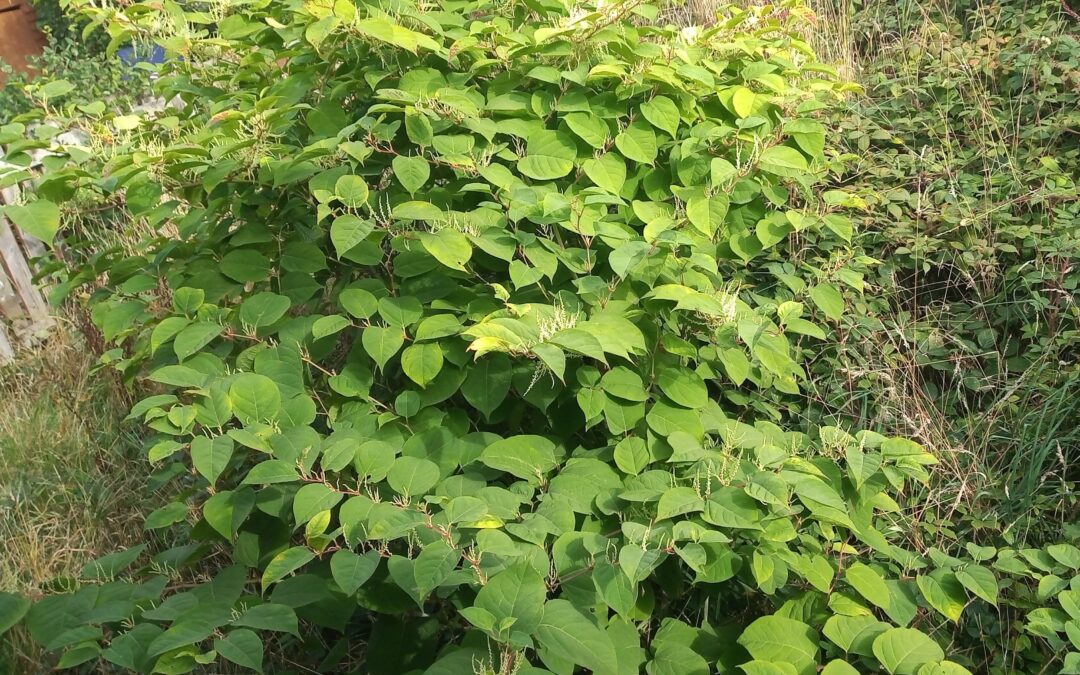How do I dispose of Japanese knotweed
Japanese knotweed is a highly invasive plant species in the UK and must be disposed of at a licensed landfill site. Professional specialist companies can effectively manage the removal and disposal of Japanese knotweed through containment, isolation, physical removal and chemical control. Preventing new growth and monitoring the site is important to ensure effective management of this persistent and hardy plant
Japanese knotweed (Fallopia japonica) is a highly invasive, non-native plant species that is prevalent in the United Kingdom and can cause significant damage to buildings, structures and infrastructure. In the UK, it is classified as controlled waste under the Environmental Protection Act 1990 and must be disposed of at a licensed landfill site. It is recommended to engage a professional specialist company with the necessary permits and insurance to handle the removal and disposal of Japanese knotweed.
Before disposing of the plant material, it should be bagged and securely tied to prevent release of rhizomes or spreading of the plant during transportation. This is essential as even a small piece of rhizome or stem can grow into a new plant, leading to further spread and infestation.
In order to effectively manage and dispose of Japanese knotweed, it is important to understand its biology and growth habits. Japanese knotweed is a fast-growing plant that can reach heights of up to 3m in a single growing season and is capable of producing up to 20,000 seeds per plant. It is a hardy and persistent plant that can grow through tarmac and concrete, and its roots can extend up to 7m into the soil, making it difficult to eradicate.
The most effective method of managing Japanese knotweed is to prevent it from establishing in the first place. This can be done by removing all plant material, including roots and rhizomes, and ensuring that none of it is left in the soil. It is also important to keep the plant under control by removing new growth as soon as it appears and by mowing or cutting back the plant before seed production.
If Japanese knotweed has already established, the best approach is to contain and isolate the infestation. This can be done by excavating a trench around the plant, removing all the roots and rhizomes, and then covering the area with a barrier to prevent new growth. The removed plant material must then be disposed of at a licensed landfill site.
In some cases, the use of chemical herbicides may be necessary to control the growth of Japanese knotweed. Herbicides such as glyphosate or imazapyr can be applied directly to the plant or injected into the stems to prevent growth. However, care must be taken when using chemicals, as they can have adverse effects on the environment and surrounding vegetation. It is recommended to use a professional specialist company that is experienced in the safe and effective use of chemicals for Japanese knotweed control.
Once the Japanese knotweed has been removed, it is important to monitor the site to ensure that no new growth appears. This may require repeated applications of herbicides or physical removal of new shoots.
In conclusion, Japanese knotweed is a highly invasive plant species that can cause significant damage to buildings, structures and infrastructure in the UK. Effective management and disposal of the plant requires an understanding of its biology and growth habits and a multi-disciplinary approach that incorporates containment, isolation, physical removal and, in some cases, chemical control. When disposing of Japanese knotweed, it is important to engage a professional specialist company with the necessary permits and insurance to handle the removal and disposal of the plant material to prevent further spread and infestation.
